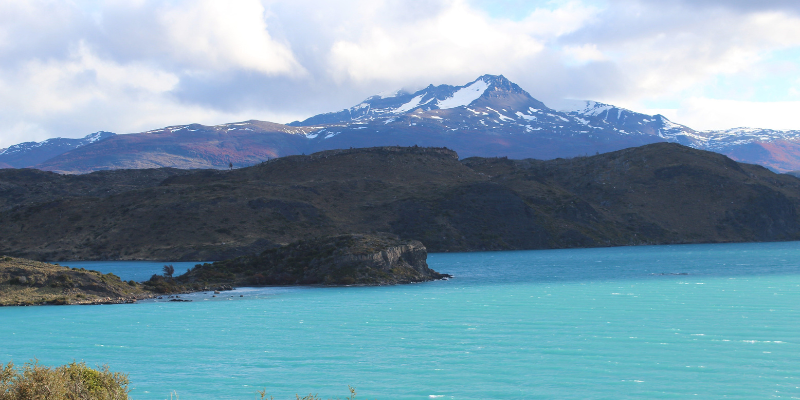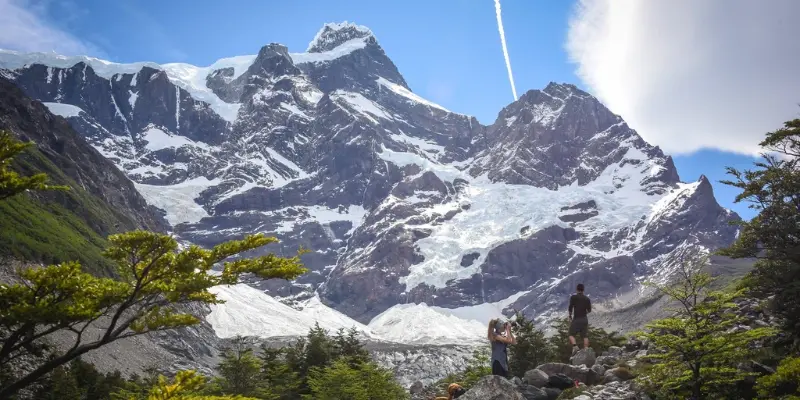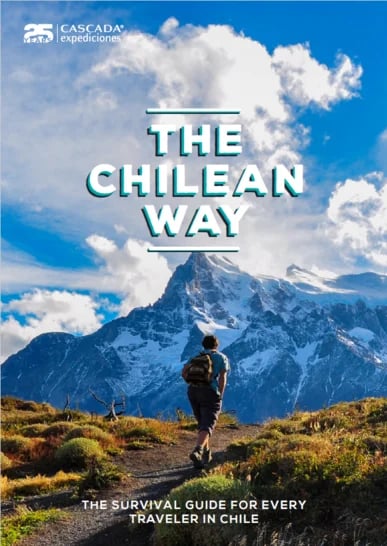You may have heard of the mythical, gigantic former inhabitants who wandered the wastes of Patagonia... The vision of a faraway land, inhabited by towering giants, has captured and enchanted European imaginations for many years. But was Patagonia really the home to these larger-than-life folk, or was it no more than a myth spread by fantasists...?
The first mention of the giants, supposedly twice the height of the normal human being, appeared in the Italian chronicler Antonio Pigafetta’s account of Ferdinand Magellan's travels. This official record reported that Magellan’s crew got more than they bargained for during their circumnavigation of the globe in the 1520s. Pigafetta details a dancing and leaping giant on the shores of Argentina. Not one to take all the glory for himself, Magellan selflessly sent a poor crew member over to the gallivanting giant to make contact...
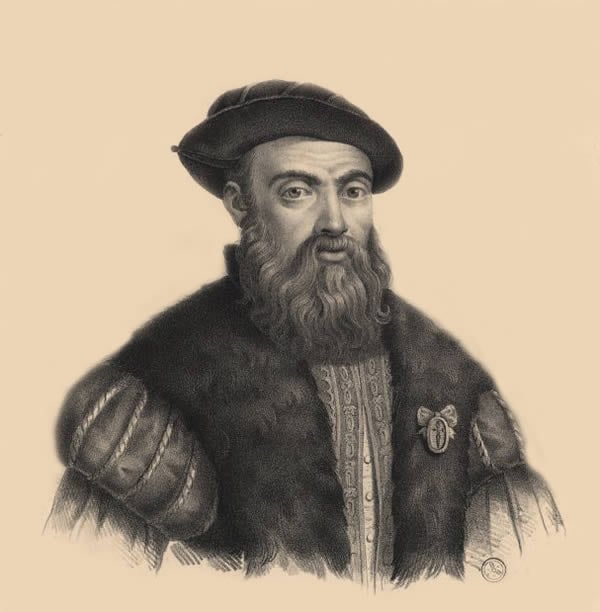
Ferdinand Magellan (1480-1521)
The giant was reportedly very friendly, and so colossally tall that the Europeans only reached his waist. Magellan named them ‘patagones’, and many believe this to have come from the Portuguese word ‘pata’, meaning ‘foot’. The so-called giants left huge, gaping footprints in the snow because of the large guanaco-skin moccasins they wore on their feet. Patagonia may thus mean ‘land of the bigfoot’, which unsurprisingly contributed to the rumours and mythologisation of the Patagonian giants. One other suggestion, however, is that Magellan took the name from the giant Patagón, a prominent character in the sixteenth-century Spanish chivalric romance Primaleón, which Magellan had more than likely read. Spanish explorers of the day often took inspiration from a recent good read; indeed, ‘California’ came from a mythical island of the same name in another Spanish romance, Las Sergas de Esplandián). Magellan captured two of these giants to take back to Spain with him, but they sadly died on the homeward voyage.
Then a century on, in 1628, Sir Francis Drake’s nephew detailed his uncle’s circumnavigation in The World Encompassed, and mentioned once more the legendary giant-dwellers of Patagonia... Drake the nephew suggested that, though the native people were far taller than any Europeans the crew had seen, perhaps Magellan’s crew had exaggerated the size of the Patagones, thinking it unlikely that anyone would ever go back to Patagonia to check, and indulging their friends and family by spinning a good yarn...
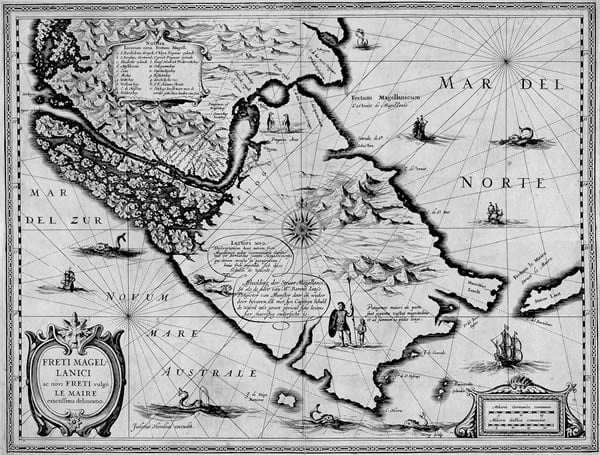
You can spot the gigantic Patagones on this contemporary map (not to scale)
But then in 1615, the Dutch circumnavigators Willem Schouten and Jacob Le Maire found graves containing human bones on the Patagonian shores... bones of beings which appeared to be ten or eleven feet tall...
Later on in 1766, Captain John Byron (grandfather to the poet) also circumnavigated the world and the story spread that the crew had encountered enormous, nine-foot giants. Rumors flew furiously around Europe, and the line between fact and fiction grew increasingly blurred... There were bitter disputes between French and British scientists, the former believing that the latter were supporting the case for the existence of giants as a smokescreen, hiding what the French feared most: that British sailors were not really embarking on a giant-hunt in Patagonia, but rather scoping it out as an entry point to attack French territories in the New World.
It was in 1767 that the romantic vision of Patagonia as a wilderness hiding giants started to fade. French explorer Louis de Bougainville reported that the tallest Patagonian he came across was only 5ft 9in, and then, in 1773, the official account of the Byron voyage emerged... in reality, the so-called “giants” were only four inches taller than the most sky-scraping crew members.
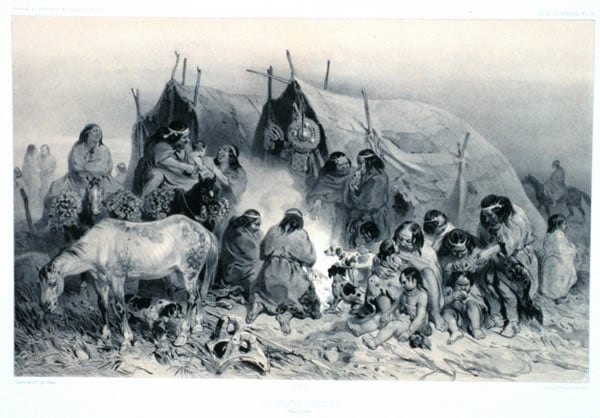
The Tehuelche people
The Patagones are now thought to have been member of the indigenous Tehuelche tribe, a Mapudungun word meaning ‘Fierce People’. They are known to have been taller than the average European (who measured in at roughly five feet), and in all likelihood were the real Goliaths of Patagonia myth and legend...
Just another tall tale after all! And yet, giants or no giants, there is still undoubtedly a certain magic and mystery tangled up with the Patagonia of yore... go and discover it for yourself!


